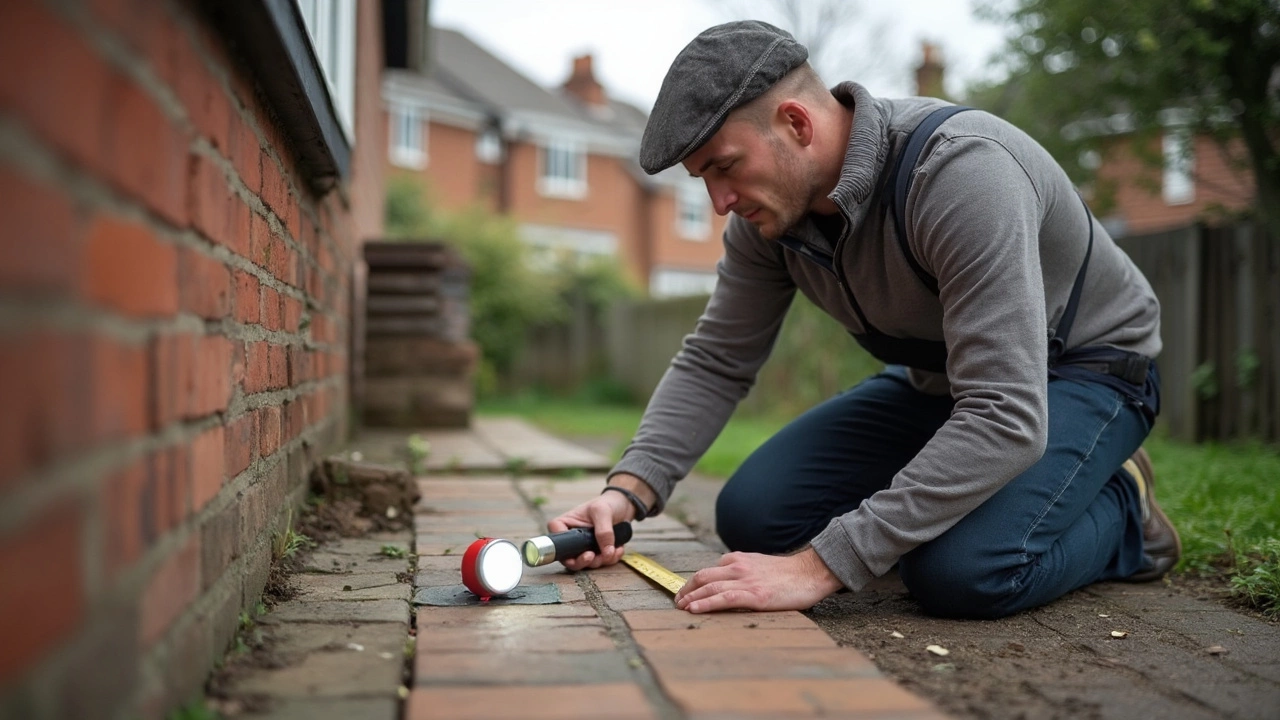Foundation Maintenance: Simple Steps to Protect Your Home
Your foundation is the unseen base that holds everything up. If it starts to shift, doors won’t close, walls crack, and repairs can cost a lot. The good news? Most issues can be caught early with a little routine checking.
First, walk around the outside of your house once a month. Look for any new cracks in the brick, stone, or concrete. Small hairline splits are normal for old buildings, but anything that widens or looks jagged deserves a closer look.
Next, peek inside. Sticking doors, windows that stick, or gaps that let drafts are red flags. Check walls for bulging paint, water stains, or cracks that run from floor to ceiling. These signs often mean moisture is moving into the foundation.
Spotting Early Warning Signs
Moisture is the biggest enemy of a solid foundation. Poor drainage, clogged gutters, or a soggy yard can push water against the base and cause settling. Make sure the ground slopes away from the house at least six inches over ten feet. If you see puddles after a rain, add a French drain or a simple trench filled with gravel.
Cracks don’t always need a professional right away, but you should measure them. Use a simple ruler or a crack gauge; note the length and width. If a crack grows more than a quarter inch in a month, call a specialist. Keeping a photo log helps you track changes over time.
DIY Maintenance Actions
Seal small gaps yourself with a flexible polymer caulk. It works well around windows, doors, and where the foundation meets the slab. For larger cracks, a epoxy injection kit can fill the void and stop water entry. Follow the kit instructions tightly – a clean surface and proper mixing are key.
Maintain your gutter system. Clean leaves and debris monthly, and make sure downspouts discharge at least three feet away from the house. Installing splash blocks or extending the downspout pipe can keep runoff from pooling near the foundation.
If you have a basement, check the sump pump before the wet season. Test it by pouring a bucket of water into the pit; it should turn on automatically and pump water out. A battery backup or a secondary pump adds insurance against power loss.
Even with regular DIY care, some problems need a pro. Piering, underpinning, and concrete pier installation are expensive but necessary for severe settlement. Our post "Most Expensive Foundation Repairs" breaks down what to expect cost‑wise, so you’re not surprised later.
Set a simple schedule: walk the perimeter quarterly, inspect interior signs monthly, and keep a maintenance log. Small, consistent actions keep the foundation solid and save you from huge repair bills down the line.
Remember, a healthy foundation protects everything above it. By spotting early signs, managing water, and tackling minor cracks yourself, you’ll keep your home stable and your wallet happier.
Can I Fix a Foundation Crack Myself? DIY Basics & Reality Check
- Gavin Whitaker
- |
- |
- 0
Wondering if you can tackle a foundation crack on your own? This article breaks down when DIY repair is safe, how to do it, and when to call in the pros. You'll learn what tools and materials you actually need, what really causes those cracks, and how to spot the telltale signs that signal a bigger issue. Get straight-up advice and tips drawn from real home repair experience. By the end, you'll know when to roll up your sleeves—and when to grab the phone.
View more